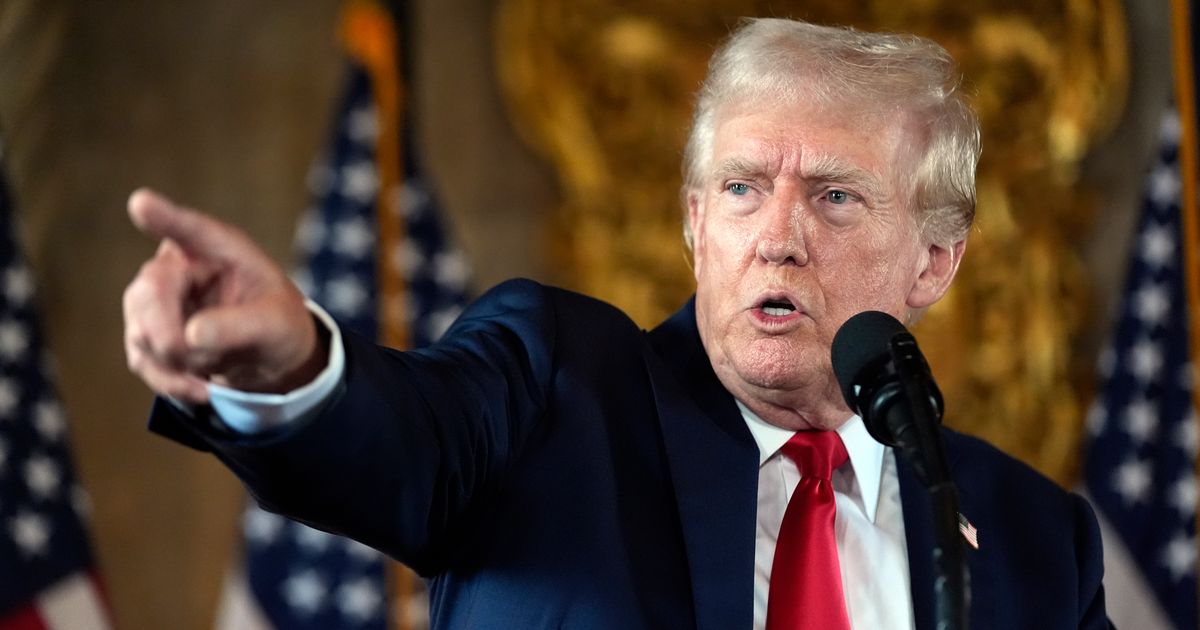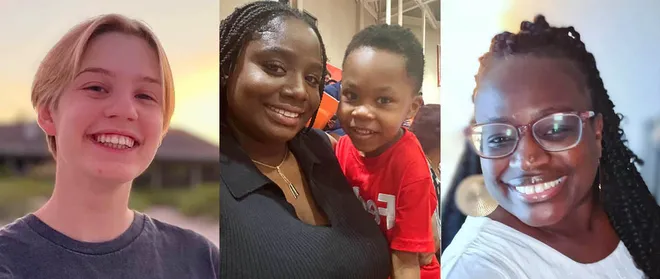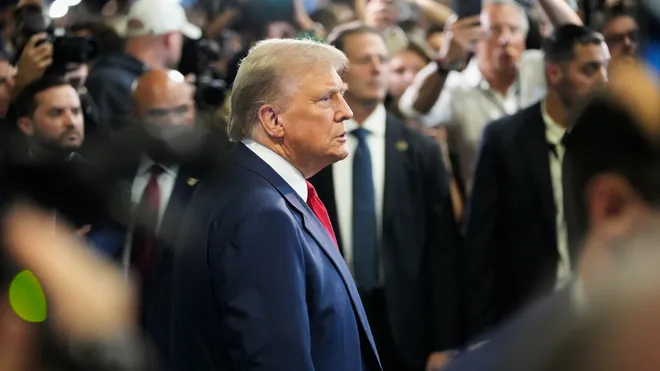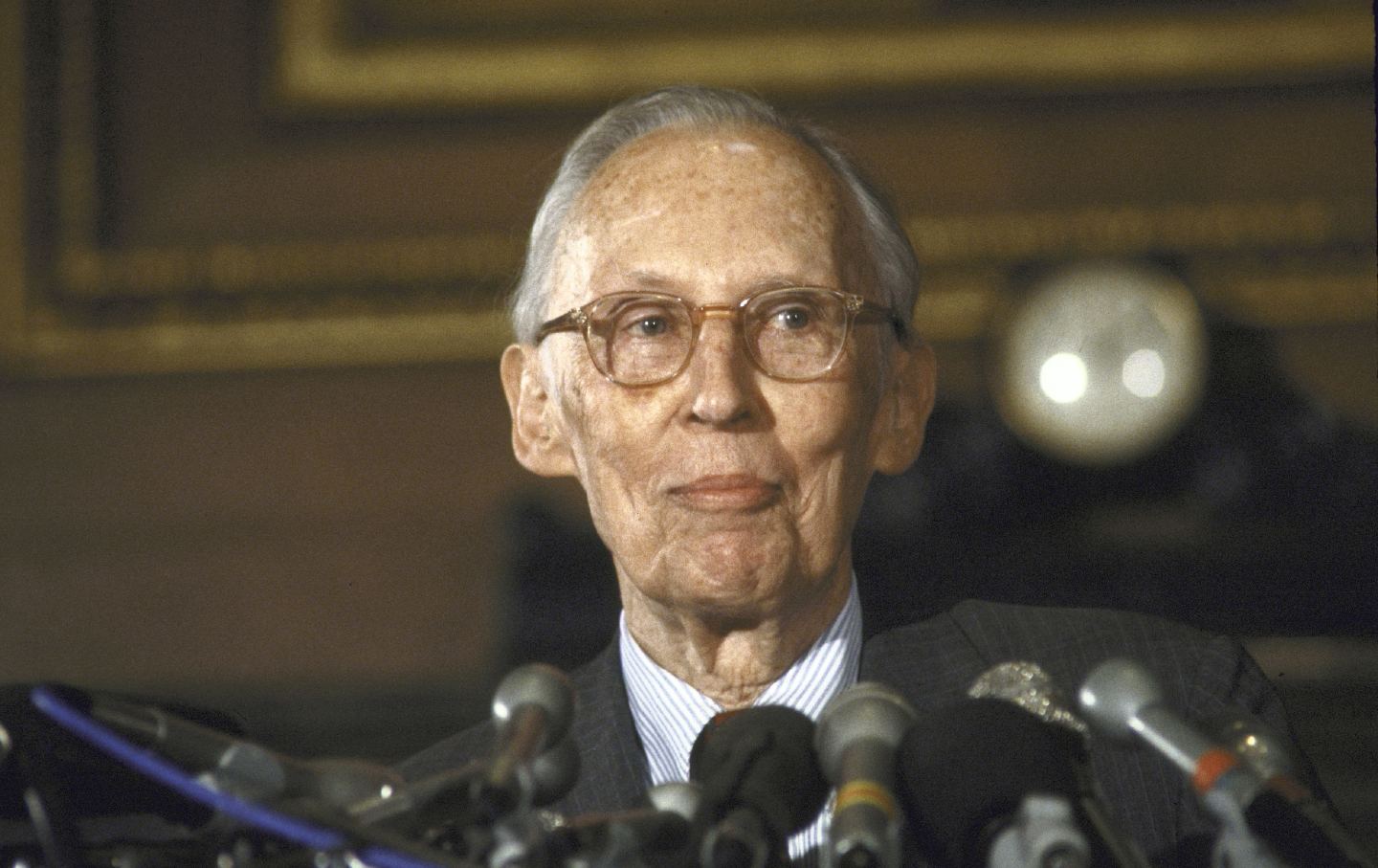Originally by at Huff Post
Even in the chaos of his 2016 presidential campaign, Donald Trump did a few things by the book. Like all major party presidential candidates, by early summer, his campaign had a team in place to oversee the transition to the White House in the event that he won.
This time, by contrast, Trump has yet to announce a transition director. His campaign does not appear to have filed the paperwork to set up his official transition team — something his 2016 campaign accomplished on June 1 of that year — or given any other outward signal it will follow the same, well-established process as every major-party presidential campaign of the past decade.
“Trump is certainly late,” said Max Stier, the president and CEO of the Partnership for Public Service, a nonpartisan group that guides presidential campaigns as they prepare for the monumental task of potentially taking over the federal government. “They should have been preparing since the spring of this year.”
Stier worked closely with Trump’s team in 2016, which he recalled as “an early, aggressive transition-planning process.”
The failure to name an official transition team offers more evidence that Trump may rely on Project 2025 and its database of thousands of job-seekers being vetted for their loyalty to the MAGA movement to staff his second presidential administration.
Project 2025 Steps Up
Project 2025, a controversial conservative playbook for capturing and radically remaking the federal government, has drawn Democratic attacks for its more extreme proposals, such as eliminating entire federal agencies, replacing thousands of career civil servants with Trump loyalists, and handing the president political control of the Justice Department.
A spokesperson for the Trump campaign did not respond to detailed questions about its transition plans.
As negative attention on Project 2025 has ramped up, Trump and his campaign have denied any connections to, or even knowledge of, the plan. “I know nothing about Project 2025,” the former president wrote last month on Truth Social. “I have not seen it, have no idea who is in charge of it.”
But at least 140 individuals who had a hand in Project 2025 are former Trump administration officials, CNN found, while another 100 participants are part of Trump’s political orbit.
Paul Dans, a former Trump official who, in the waning days of the administration, helped purge staff deemed insufficiently loyal to the president, was Project 2025’s director until last month. Under Dans, Project 2025 became a blueprint for seizing partisan control of the federal bureaucracy, ProPublica recently reported, with the ultimate goal of removing people who might block MAGA policy goals.
Russell Vought, a close Trump ally who exerted tight control over the writing of the Republican Party platform on behalf of Trump’s campaign, wrote the section of Project 2025 that detailed how the next president could consolidate executive power. The Trump campaign has pointed to the platform, which the party releases every four years at its convention, as Trump’s true agenda, as opposed to Project 2025.
And on Wednesday, The Washington Post revealed that Trump took a private jet in 2022 with Heritage Foundation President Kevin Roberts, who coordinated the constellation of conservative groups contributing to Project 2025, to a Heritage conference where Trump appeared to bless the project personally.
“They’re going to lay the groundwork and detail plans for exactly what our movement will do,” Trump reportedly told the audience at the time.
Crucially, it has also become clear that Project 2025 is making the transition preparations that the Trump campaign is simply not.
Organizers of Project 2025 are drafting executive orders and holding training sessions for potential Trump administration personnel, the Post reported, while Vought is busy drafting a secret “180-day transition playbook” that would guide the incoming administration on how to implement Project 2025’s policy proposals.
Transition planning is essential to ensuring that an incoming president achieves their goals. Trump’s botched 2016 transition, which went off the rails after he fired former New Jersey Gov. Chris Christie as his chief transition planner, is widely considered partly to blame for his failure to execute more of his agenda.
“If Trump’s plan is to steamroll the federal bureaucracy rather than learn to navigate it, it might not matter whether his team can pull off a smooth handover of power.”
A federal law, the Presidential Transition Act, requires the White House and federal agencies to provide everything from briefs to technical support and office space that would allow a victorious campaign to stand up a new administration as smoothly as possible.
A spokesperson for the General Services Administration, which is tasked with running the transition from the government side, did not respond to specific questions about each campaign’s preparations, saying only, “GSA is in contact with the teams of both major party candidates.”
By the time the conventions take place, the presumptive nominees should have chosen not only a transition director but an entire transition staff, said Rich Bagger, who served under Christie as the day-to-day leader of Trump’s 2016 transition. The staff should already be vetting top-level presidential appointments and selecting teams to manage the takeover at individual agencies.
By that metric, Trump is “way behind, although maybe not hopelessly,” Leavitt said.
Vice President Kamala Harris is late in naming a transition team, too, Stier noted. But in her case, President Joe Biden was the presumptive Democratic nominee just three weeks ago. The Harris campaign did not respond to a request for comment.
The Downsides Of Outsourcing
Stier, who worked closely with the Trump campaign in 2016, doubts the former president would simply hand over his administration to an outside group.
After he fired Christie in 2016, Trump made a point of throwing Christie’s transition prep in a garbage can. Trump went on to make a series of ill-fated presidential appointments according to his personal whims.
“Former President Trump has, in the past, personally engaged in his own process, often vetting according to his own standards,” Stier said. “To me, it is unrealistic to believe that there’s going to simply be a wholesale transfer of [decisions] to Project 2025, that this is the government in waiting, and all Trump is going to do is bless them.”
Fully outsourcing the transition to an outside group like Project 2025 could also pose practical problems, Bagger said. For instance, only the official campaign can work with the FBI to get security clearance for transition staff, which is necessary in order for the winning candidates’ team to receive agency-specific briefings. Ideally, that process kicks off before Labor Day.
Yet if Trump’s plan is to steamroll the federal bureaucracy rather than learn to navigate it, it might not matter whether his team can pull off a smooth handover of power.
Trump would not need a landing team at the Department of Education if, as Project 2025 recommends, he abolished the department outright. And his core advisers would not need to understand the roles of various civil servants if the plan is to replace them by the dozen with Trump loyalists.
As he seeks to return to the White House, Trump has said that’s exactly what he intends to do.
“We will pass critical reforms making every executive branch employee fireable by the president of the United States,” Trump said. “The deep state must and will be brought to heel.”
Read the Original Story





